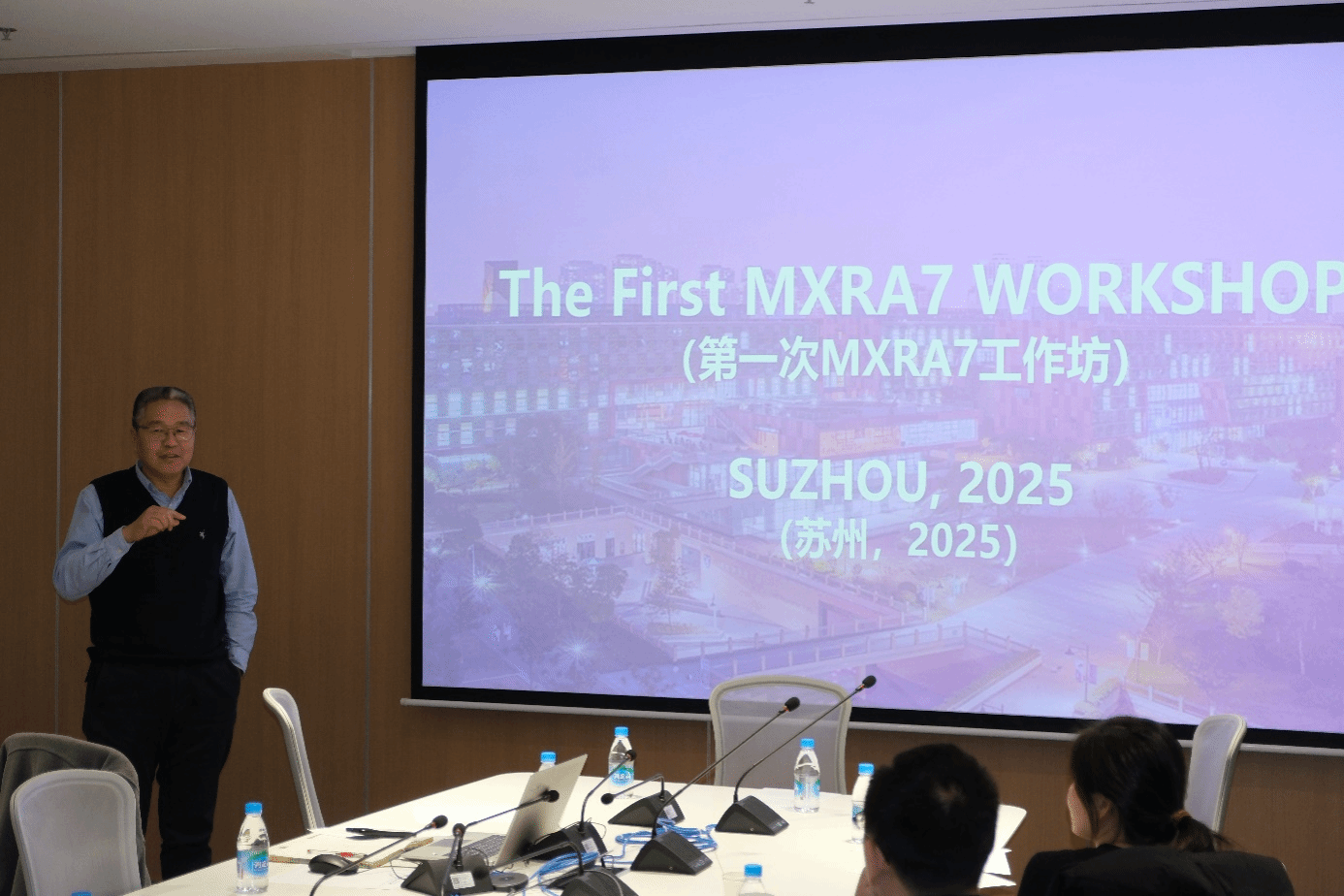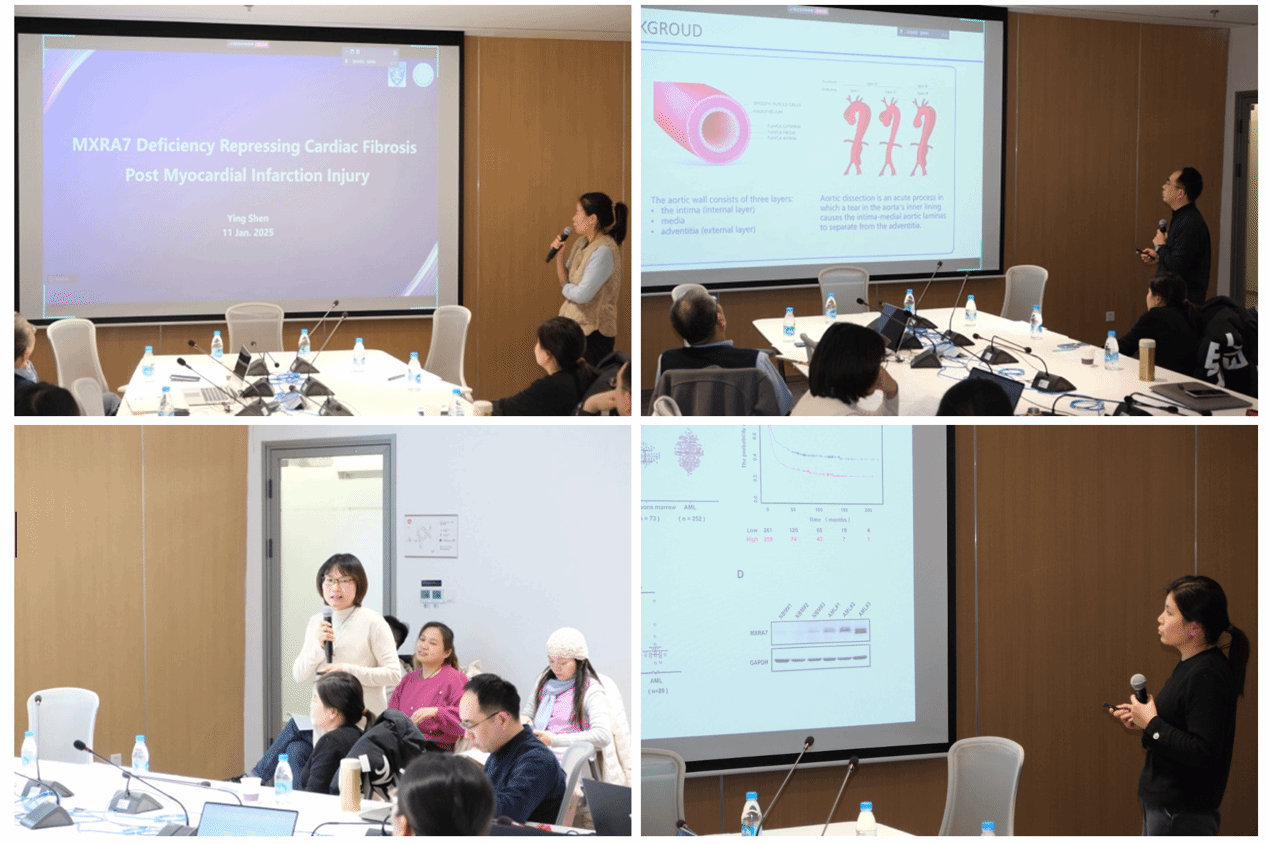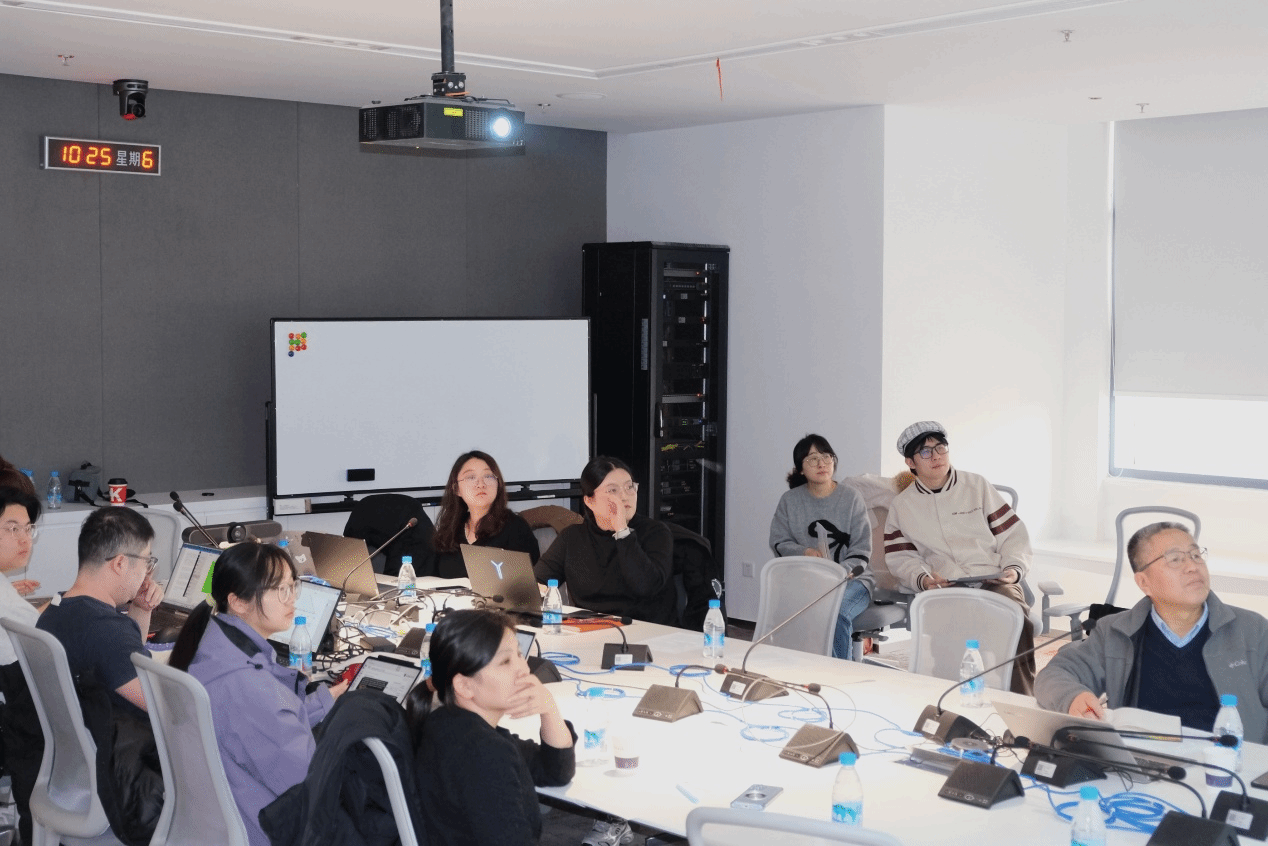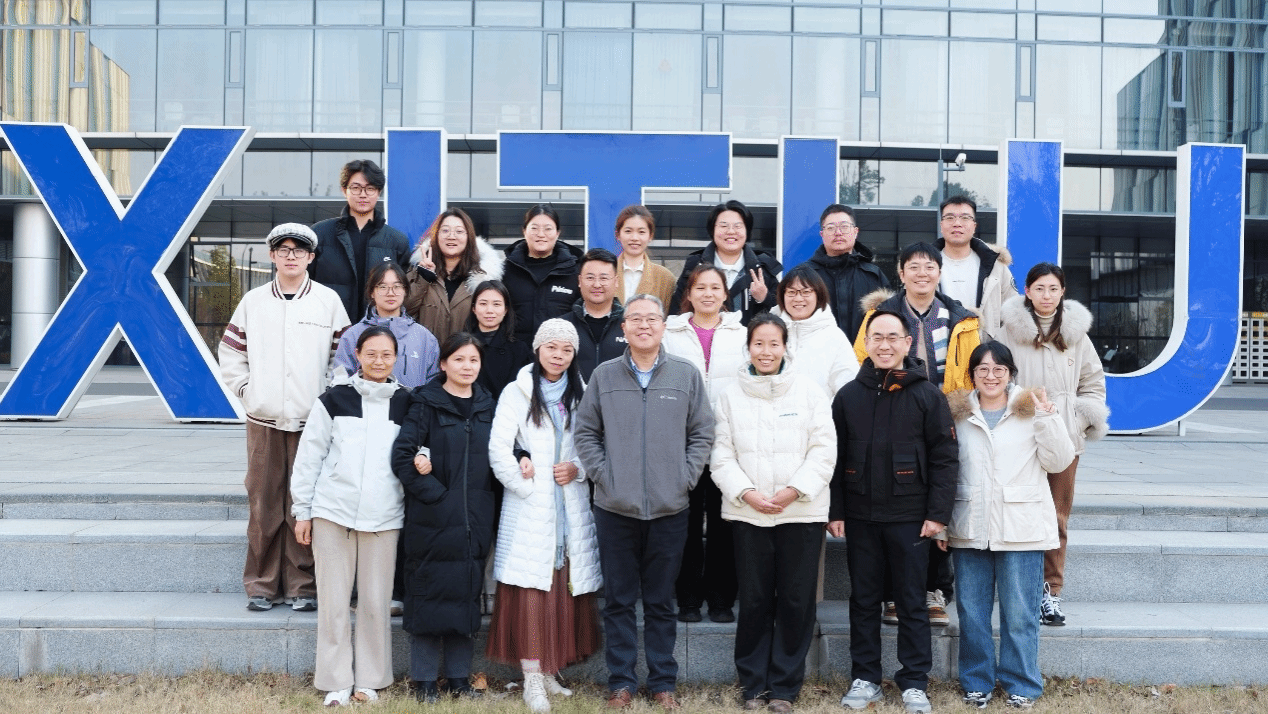Promoted by the enthusiasm on the gene MXRA7, Dr. Yiqiang Wang at Xi’an Jiaotong Liverpool University (XJTLU), also a member of the editorial board of the journal Gene & Protein in Disease, conceived and initiated The First MXRA7 Workshop, which was successfully held at XJTLU on January 11, 2025. The workshop brought together experts and scholars from XJTLU, Soochow University, Anhui Medical University, Henan Provincial People's Hospital, Jiangyin People's Hospital, and People's Hospital of Rizhao, and several other institutions. Excelling in research in different biomedical areas or on different diseases, the attendees share interest in the biology and functions of the gene Matrix Remodeling Associated 7 (MXRA7).

Yiqiang Wang opened the workshop
According to the opening summary about the past, the present and the future of MXRA7 research, the gene gained its name as early as in 2002 via a bioinformatics assay, but it had not been purposely studied by any team for nearly a decade. In 2011, by using genome-wide expression profiling microarray technology, Wang's team captured the traces of MXRA7 in mouse corneal neovascularization models. Combining with accelerating bioinformatics analysis, Wang proposed that MXRA7 may play an important role in eye development and visual system as an unannotated "new" gene, hence officially started his team’s journey to explore the functions of MXRA7. So far, the MXRA7 groups, independently or with collaborators, have received three National Natural Science Foundation of China to support their research on MXRA7 function. It was discovered that MXRA7 played important roles in physiological or pathological processes such as bone development, inflammation and neovascularization, tissue damage repair, and leukemia. Based on those research results, the teams have published a total of nine SCI-indexed papers in international journals, three research papers in Chinese language journals and the first review article. Two China Invention Patents had been awarded for inventions like MXRA7 as a tumor marker, and construction of the world's first monoclonal antibody against MXRA7 proteins. In one word, available data confirmed that MXRA7 plays a key role in various biological processes in living organisms.

Drs. Ying Shen, Lianbo Shao, Ting Wang, Dandan Lin presenting at the workshop.
During the workshop, investigators from various research groups delivered presentations on the recent advancements in understanding the role of the MXRA7 gene in the pathophysiology of multiple diseases. The content under discussion included the etiology of hematopoietic and hematologic tumor, the pathogenesis of myocardial fibrosis following myocardial infarction, corneal scarring disorders, and a spectrum of malignancies such as breast cancer and melanoma. Additionally, the role of MXRA7 in the aging process was also highlighted. In terms of molecular mechanisms, the MXRA7 gene is hypothesized to be implicated in cellular energy metabolism and signal transduction pathways. Interestingly, and unexpectedly, pilot data suggested that MXRA7 proteins that translocated into cell nuclei may exert direct control over expression of other genes, which means that MXRA7 might work as a transcription factor or in transcription factor-like manner. The workshop attendees are optimistic that ongoing investigations will soon shed further light on the enigmatic aspects of the MXRA7 gene.

Attendees focus on MXRA7

Yiqiang Wang's team members at XJTLU presenting at the workshop.
At the end of the workshop, Yiqiang Wang expressed his heartfelt thanks to the scholars who came onsite from afar and those participated online. By pointing out that more and more journal papers and public datasets mention MXRA7, Wang wished that the Chinese teams should strengthen cooperation with international scholars as well. It is hoped that with collective effort in exploration of MXRA7’s biological functions and biomedical characteristics, the significance of MXRA7 gene and its protein products in human health and diseases might be reveled sooner.

On-site attendees of The 1st MXRA7 Workshop.
(By Yuzhen Qin and Yiqiang Wang@XJTLU)